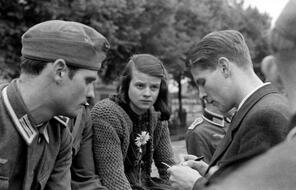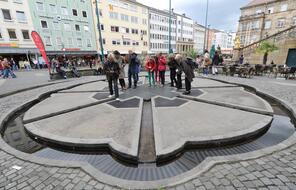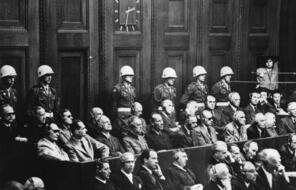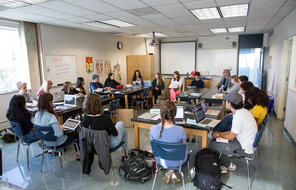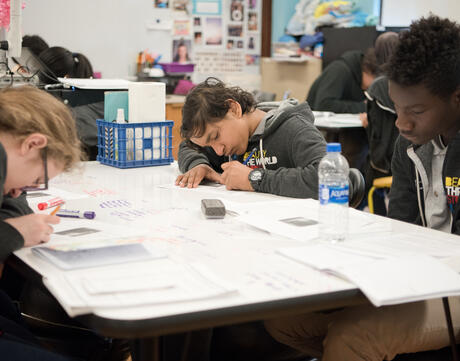
Adding to Evidence Logs, 2 of 3
Duration
One 50-min class periodSubject
- History
- Social Studies
Grade
6–8Language
English — USPublished
Overview
About This Assessment
Before introducing the final historical topic for the essay, the Holocaust and its legacy, now is an appropriate time in the unit for students to review the documents and videos from Lessons 14 to 18 and consider which information supports, expands, or challenges their thinking about the writing prompt.
Which choices made by individuals, groups, and nations in the history that you have learned about so far in this unit seemed most significant? What made those choices powerful or impactful?
Lesson Plans
Activities
Unlimited Access to Learning. More Added Every Month.
Facing History & Ourselves is designed for educators who want to help students explore identity, think critically, grow emotionally, act ethically, and participate in civic life. It’s hard work, so we’ve developed some go-to professional learning opportunities to help you along the way.
Exploring ELA Text Selection with Julia Torres
On-Demand

Working for Justice, Equity and Civic Agency in Our Schools: A Conversation with Clint Smith
On-Demand

Centering Student Voices to Build Community and Agency
On-Demand




